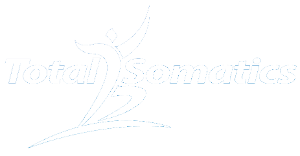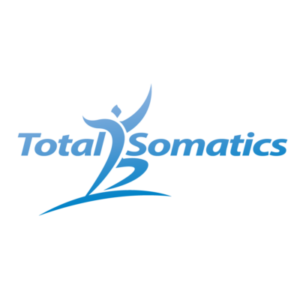Mindful in May – Week 2
I hope you've had a good week. This week we are going to delve into another area of mindfulness. Check out my 1 minute video below to learn more. As an additional point, check out the big kangaroo in the background, he wasn’t too happy with me standing near his patch!!
Task 2 - Mindful of Posture and Movement during your day.
We are creatures of habit. We perform the same activities, day in and day out. Sometimes these habits can be detrimental to our health. For instance if we have a job which requires a lot of sitting, we can develop tight muscles, poor posture, limited mobility and pain. When we develop a mindful approach to how we move and how we sit, we start to improve our musculoskeletal health by reducing pain, increasing mobility and improving posture.
Check out my blog which also includes a seated awareness scan. Could you implement some of these cues into your postural assessment? CLICK HERE TO READ MY BLOG & LISTEN TO THE SEATED SCAN.
Back Pain
Back pain is very common, for instance with tradespeople, the stresses and strains their body has to endure to bend and twist into all sorts of situations can create chronic pain. Back pain is also very common with sedentary jobs. Back pain and limited mobility unfortunately go hand in hand. Would you like to learn a somatic movement which will help you relax tight, tense back muscles? Would you like to improve your range of movement? Below is a video which I have created to help you achieve this. It is a somatic movement. Somatic movement is different to stretching.
Somatic movement involves the brain and involves re-educating muscle memory and coordination. It allows your brain to remember how to relax and contract muscles. The process used in somatic movement is called PANDICULATION. It is a 3 step process to reset you muscle length WITHOUT stretching. So as you practise this movement, please remember, you are not stretching your muscles. You are lengthening. There is a difference. When you stretch, you often go beyond your natural range of movement, at times creating muscle cramp and tightness. If you feel pain, muscle cramp or spasm with your somatic movement, you are moving out of your natural range of movement and working too hard. Remember we are re-training your mind and muscle connection, so less is more. Pandiculation is about brain training. Your brain is amazing and will re-learn muscle movement and memory for you when you work mindfully.
Whilst practising this movement, notice where your end range of movement is and stop before it turns into a stretch. We are working mindfully and with your brain, thus changing the neural landscape. Stretching will not change brain connections or improve mind to muscle memory.
I may be asking you to question long held beliefs about stretching! Neuroscientists and Pain scientists are now discovering that movement and pain education far outweigh old beliefs about working hard and fast as well as stretching muscles to achieve pain relief.
Could you create a mindful somatic movement practise to your daily activities? Could you introduce this movement (the tower twist) into your daily routine? It is a really effective movement. Please remember to listen to where your end range is and work within that. You will notice how you can reduce tension and improve mobility with PANDICULATION.
Keep In touch!
Have a fantastic week!
Take care,
Heidi Hadley xx
www.TotalSomatics.com












